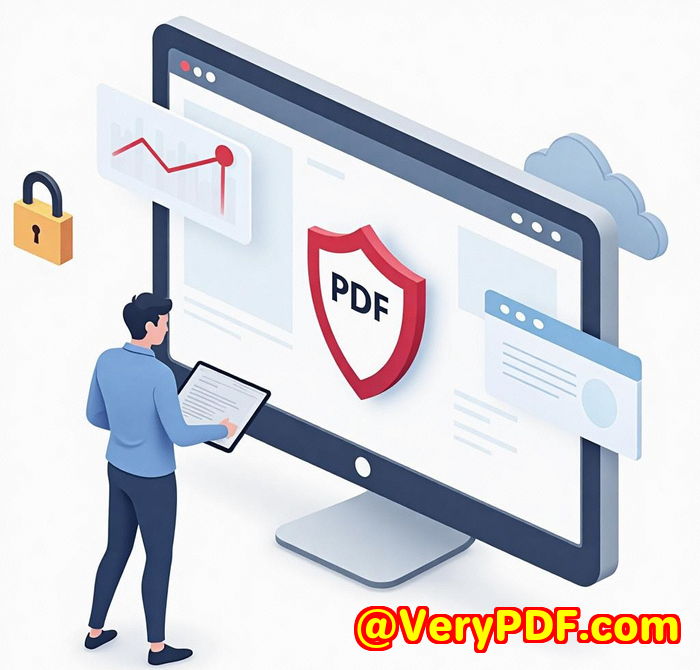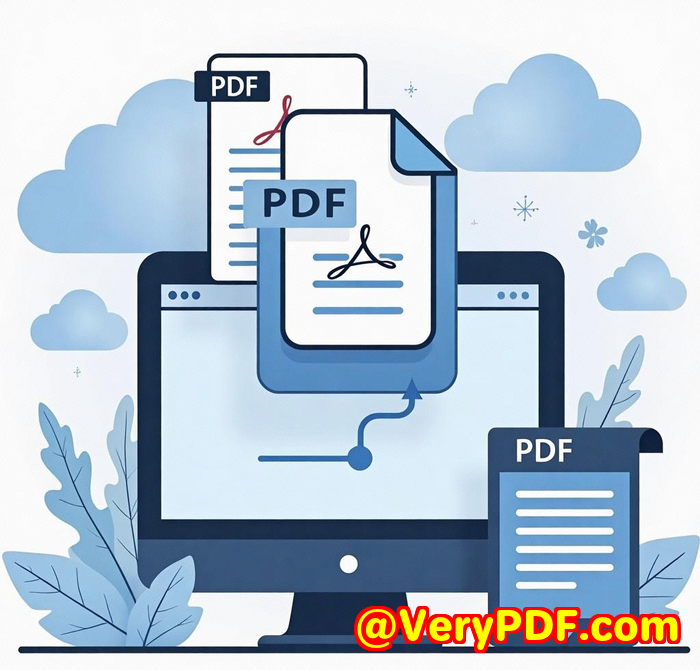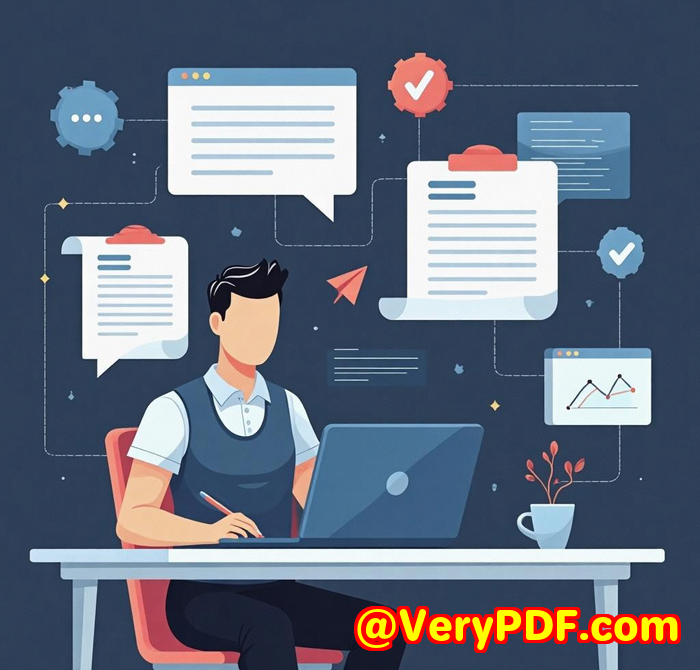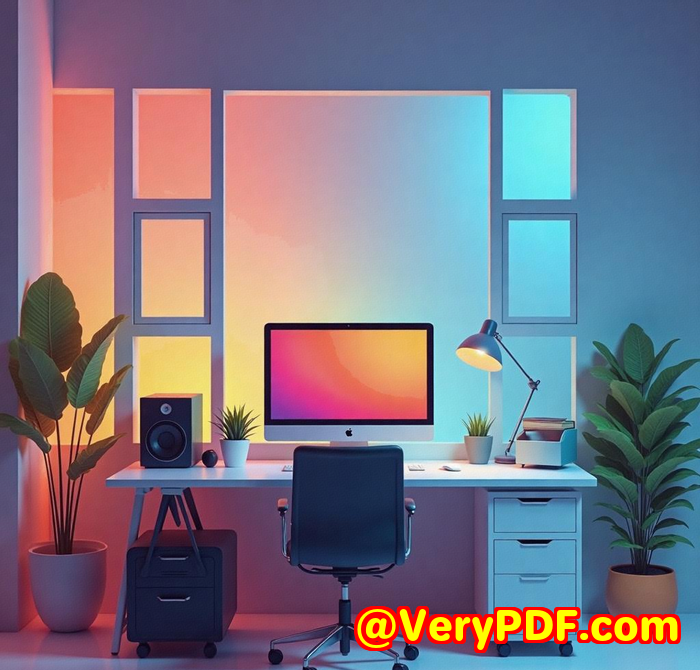Use Screenshot API to Generate Weekly Snapshots of School Portals or LMS Dashboards
Title: Use Screenshot API to Generate Weekly Snapshots of School Portals or LMS Dashboards
Meta Description: Streamline the process of capturing and sharing snapshots of school portals or LMS dashboards every week with VeryPDF’s Screenshot API.
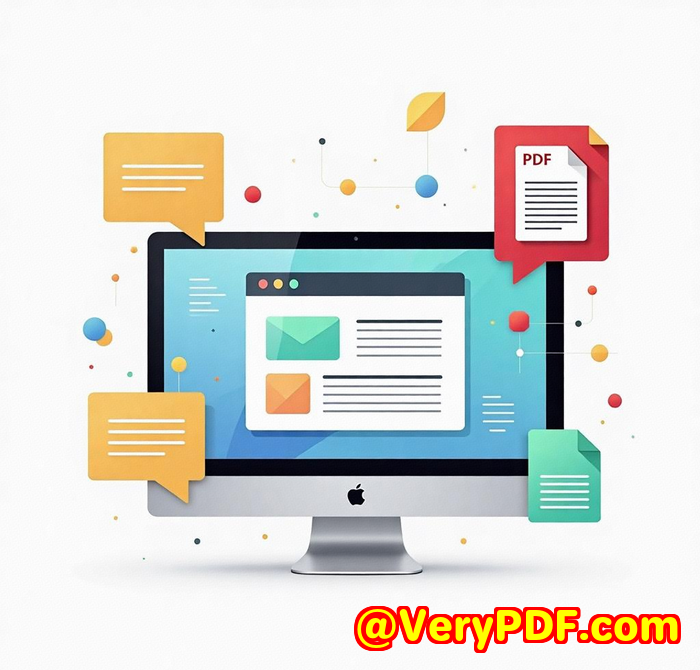
Opening Paragraph (Engagement)
Have you ever found yourself needing to grab weekly screenshots of your school’s portal or an LMS (Learning Management System) dashboard? I used to spend hours manually capturing, cropping, and sharing screenshots. It was a time-consuming process that felt like a necessary eviluntil I found a solution that changed everything.
VeryPDF’s Website Screenshot API. A single call to their API, and boom, you’ve got yourself a clean, professional snapshot of the web page you need. No more dealing with annoying ads, cookie banners, or unwanted pop-ups. No more wasting precious hours.
If you’re like me, responsible for documenting weekly progress or updates on a learning management system or school portal, this API could save you a ton of time. But let’s dive into the features and how this tool works, so you can see why it’s such a game-changer.
Body (Product Solution + Personal Experience)
When I first stumbled upon VeryPDF’s Website Screenshot API, I had been managing a weekly report that involved taking screenshots of our school portal. Every week, I’d manually capture and annotate parts of the dashboard for updates on grades, attendance, and class schedules. It was inefficient, prone to errors, and often frustrating.
That’s when I discovered the VeryPDF Screenshot API for Developers. The first thing I noticed was how simple it was to integrate into our workflow. No complex setup or complicated codingjust a clean API call and boom, a perfect screenshot ready to go.
The API essentially eliminates the need for browser clusters or handling edge cases. Here are the main features that caught my attention:
1. Clean, Banner-Free Screenshots
One of my biggest pain points with taking screenshots was dealing with all the pop-ups, cookie consent banners, and even ads that would clutter the shot. With VeryPDF’s Screenshot API, you specify just one parameter to block ads, cookies, and even chat widgets. The API handles the rest. In my case, this feature saved me hours of post-processing time, simply because I didn’t have to crop out those annoying elements.
2. Customisable Screenshot Rendering
This tool allows you to render screenshots exactly how you want them. I needed screenshots for both light and dark mode, and the VeryPDF Screenshot API delivered effortlessly. The customization didn’t stop thereI could tweak the size, resolution, and even add custom JavaScript or CSS to adjust the page’s appearance before capturing the snapshot. This level of customization would have been a nightmare with traditional screenshot tools, but with VeryPDF, it was all just a few clicks.
3. Capture Screenshots for Any Screen Size
You know how important it is to ensure the screenshots fit the user’s screen. The VeryPDF Screenshot API allows you to capture full-page screenshots for any custom screen size or predefined device size. If you’re trying to capture a webpage designed for mobile but need it in desktop format, or vice versa, this feature ensures everything is rendered perfectly. This came in handy when I needed to capture our school portal in various screen sizes to check how it looked on different devices.
Use Cases
Now, let’s talk about how this tool can benefit you in real-world situations.
1. School Portals
For anyone in education, especially school administrators or teachers managing platforms like Moodle, Blackboard, or Canvas, this API can automate the task of capturing weekly or monthly snapshots of the LMS (Learning Management System). Whether it’s for reports, internal documentation, or communicating with parents and students, you can easily automate the process and ensure consistency.
2. Tracking Website Changes
If you’re tasked with tracking website changes for SEO, compliance, or brand monitoring, the Screenshot API is invaluable. Rather than manually screenshotting key pages, you can schedule regular snapshots that will give you an archive of every page’s look, down to the most minute changes.
3. User Experience Testing
For developers, designers, or QA testers, capturing real-time snapshots for UX testing is crucial. Whether you’re debugging or checking how a website displays after an update, the API automates the screenshot process, saving time and reducing the margin for error.
4. Automating Report Generation
Imagine having a report that updates automatically every week, pulling in the latest screenshots of your school’s portal or other dashboards, so you don’t have to go back and manually grab them. With this API, that’s a reality. If you’re creating periodic reports that include visuals of data dashboards, this API can help you automate the entire process, saving both time and effort.
Core Advantages
Speed: In today’s world, time is everything. This API automates the process of taking screenshots, meaning you get it done in a fraction of the time it would take manually.
Customization: Whether you need screenshots in light mode, dark mode, or with custom JS and CSS elements, VeryPDF’s Screenshot API lets you control every aspect of the final image.
Quality: Forget about blurry screenshots or incomplete pages. The API handles dynamic content, scrolling through pages to ensure that lazy-loaded images or scripts don’t get missed, providing you with a clean, full-page snapshot.
Simplicity: No need for complex setups or maintaining servers to manage your screenshots. This API does all the heavy lifting for you.
Reliability: With VeryPDF, you’re not just getting an APIyou’re getting ongoing support. I’ve had edge cases in the past, and I’ve always gotten quick responses and solutions.
Conclusion (Summary + Recommendation)
If you’re tired of spending hours capturing screenshots or dealing with messy, incomplete images, I highly recommend VeryPDF’s Screenshot API. Whether you’re managing a school portal, a corporate dashboard, or an e-commerce site, this tool can simplify the process, ensuring you get perfect, custom snapshots with minimal effort.
I’ve been using this tool for a while now, and I can say with confidence that it has saved me both time and frustration. It’s easy to use, customizable, and, above all, efficient.
Click here to try it out for yourself: https://www.verypdf.com/online/webpage-to-pdf-converter-cloud-api/
Custom Development Services by VeryPDF
VeryPDF offers a range of custom development services to help meet your unique technical requirements. If you need specialized PDF processing solutions, whether for Windows, macOS, Linux, or server environments, their expertise is extensive.
From developing utilities based on Python, PHP, and C/C++ to creating custom Windows Virtual Printer Drivers, VeryPDF covers a wide range of technologies to fit your specific needs. Their team also provides solutions for barcode recognition, layout analysis, OCR, and even document management tools.
Need something tailored to your business? Reach out to their support center at http://support.verypdf.com/ to discuss your project requirements.
FAQ
1. How do I integrate the Screenshot API into my workflow?
Simply make an API call with the necessary parameters, and you’ll receive a screenshot in the desired format. It’s really that simple. The detailed documentation provides all the info you need.
2. Can I block all types of pop-ups with the API?
Yes, the API can block ads, cookie banners, chat widgets, and even social media buttons.
3. Is the API good for mobile-responsive screenshots?
Absolutely. You can capture screenshots for any custom screen size, ensuring your images look great on mobile, tablet, or desktop screens.
4. Can I automate screenshot generation for a specific schedule?
Yes! You can set up regular automated screenshots using the API, making it a breeze to capture weekly snapshots without manual intervention.
5. Does the API support full-page screenshots?
Yes. It will automatically scroll through the page to trigger lazy-loaded images and scripts, capturing the entire page as it should appear.
Tags or Keywords
-
Website screenshot API
-
LMS dashboard snapshots
-
School portal automation
-
API for capturing website snapshots
-
Web page screenshot tool
